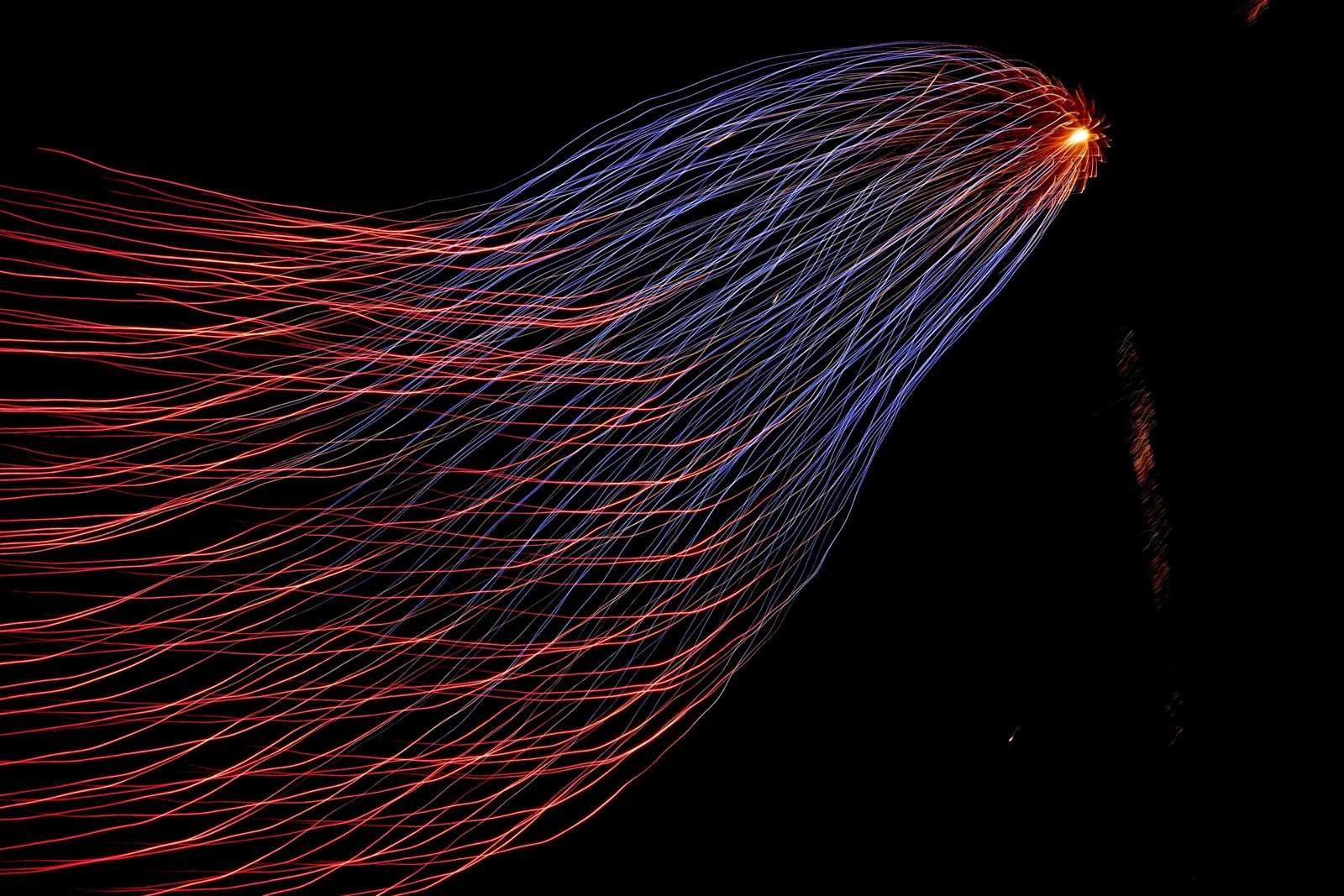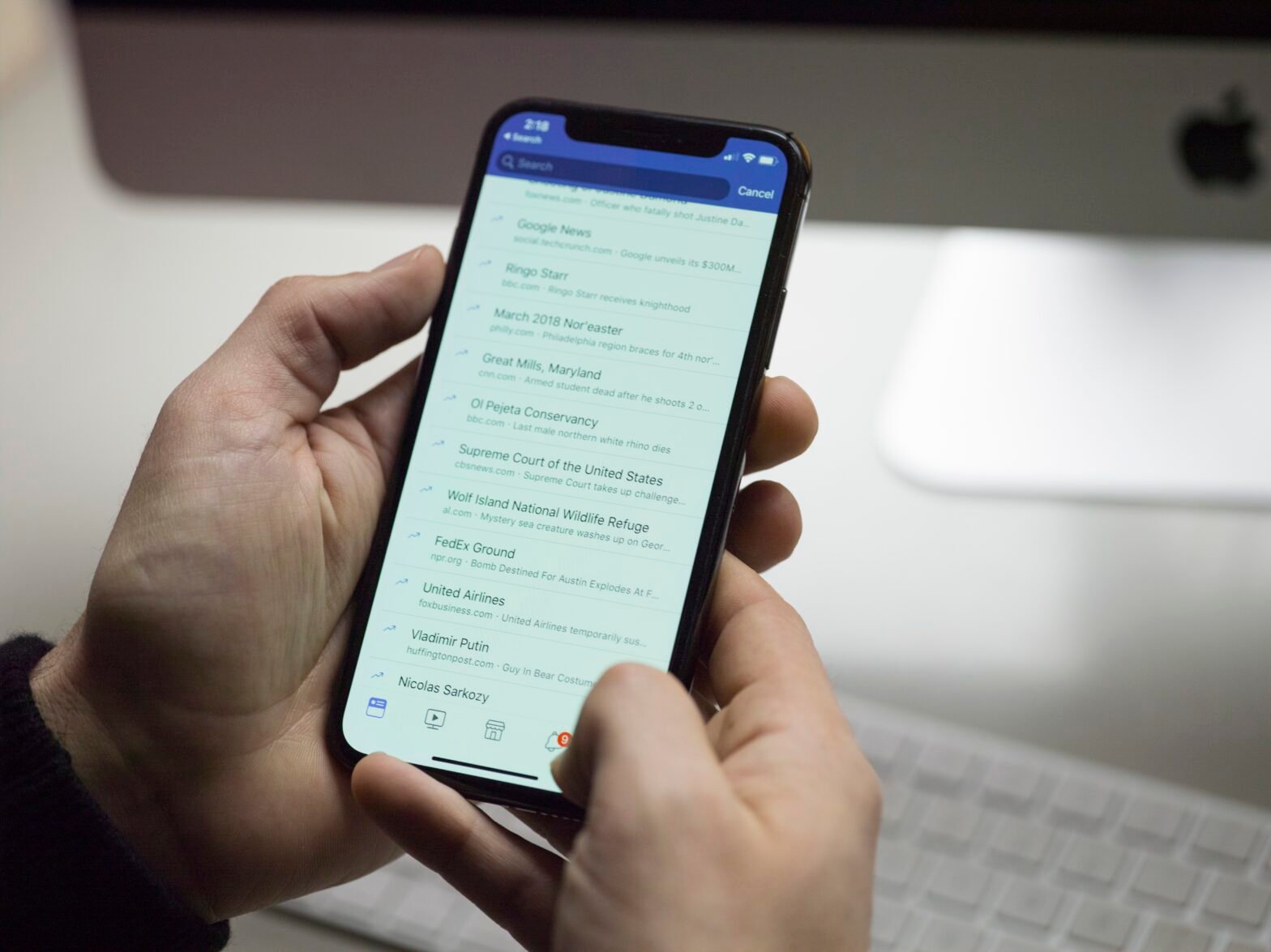Transferring money between different digital payment platforms can often be a cumbersome process, but not anymore. In this article, the focus is on providing a step-by-step guide on how to seamlessly transfer funds from Apple Pay to Cashapp. By following the straightforward instructions outlined below, users will be able to navigate the complexities of these two popular payment systems with ease, enabling them to effortlessly transfer their money and manage their finances more efficiently.
Check Other Money Aesthetic Aricles
Understanding Apple Pay and Cash App
Apple Pay and Cash App are two popular digital payment platforms that allow users to transfer money securely and conveniently. While they serve a similar purpose, there are differences in their features and functionalities.
What is Apple Pay?
Apple Pay is a mobile payment and digital wallet service developed by Apple Inc. It allows users to make payments using their iOS devices, such as iPhone, iPad, and Apple Watch. With Apple Pay, users can store their credit or debit card information securely on their devices and make contactless payments at participating merchants.
What is Cash App?
Cash App, on the other hand, is a peer-to-peer payment service developed by Square Inc. It enables users to send and receive money from family and friends using their mobile devices. Cash App users can also make purchases, invest in stocks, and withdraw money using the Cash App card.
Similarities and Differences between Apple Pay and Cash App
While both Apple Pay and Cash App provide digital payment solutions, there are noteworthy differences between the two.
Apple Pay primarily focuses on contactless payments and transactions through iOS devices. It allows users to link their credit or debit cards to the Wallet app and use their devices to pay at supported merchants.
Cash App, on the other hand, emphasizes peer-to-peer transactions, allowing users to send money directly to other Cash App users. Additionally, Cash App offers a physical card that can be used for purchases and ATM withdrawals.
Both platforms offer convenience and ease of use, but it is important to understand their specific features and capabilities before choosing the one that best suits your needs.
Prerequisites for Transferring Money
Before transferring money from Apple Pay to Cash App, there are a few prerequisites that need to be fulfilled. These include creating an Apple Pay account, setting up a Cash App account, and verifying and linking your bank accounts.
Create an Apple Pay account
To create an Apple Pay account, you will need an iOS device running iOS 8.1 or later. Open the Wallet app on your device and follow the prompts to add your credit or debit card information. You may also be required to authenticate your identity through a verification process.
Set up a Cash App account
To set up a Cash App account, download the Cash App from the App Store or Google Play Store and follow the instructions to create an account. You may be asked to provide personal information, including your name, email address, and phone number.
Verify and link your bank accounts
To enable transfers from Apple Pay to Cash App, you will need to verify your bank accounts on both platforms. This typically involves providing your bank account information and confirming ownership through a verification process. Once your bank accounts are linked, you will be able to transfer money between the two platforms.

Check Other Money Aesthetic Aricles
Transferring Money from Apple Pay to Cash App
Now that the prerequisites have been met, let’s explore the steps required to transfer money from Apple Pay to Cash App.
Linking Apple Pay and Cash App
First, open the Cash App on your mobile device. Navigate to the ‘My Cash’ tab, then select ‘Add Bank.’ From the options provided, choose ‘Apple Pay’ to initiate the linking process.
Adding your Cash App card to Apple Pay
After linking Apple Pay and Cash App, proceed to launch the Wallet app on your iPhone. Tap on the ‘+’ (plus) sign to add a card, and then follow the prompts to enter your Cash App card details. This will allow you to use your Cash App card for Apple Pay transactions.
Transferring money from Apple Pay to Cash App
To transfer money from Apple Pay to Cash App, open the Apple Pay app on your device. Select your Cash App card as the default payment method, choose the amount you wish to transfer, and then authenticate the transaction using Face ID, Touch ID, or your device passcode.
Steps to Link Apple Pay and Cash App
Linking Apple Pay and Cash App is a straightforward process. Follow these steps to establish a connection between the two platforms.
1. Open the Cash App on your mobile device
Locate and open the Cash App on your iOS or Android device. If you haven’t downloaded the app yet, visit the App Store or Google Play Store to install it.
2. Go to the ‘My Cash’ tab
Once the Cash App is open, navigate to the ‘My Cash’ tab. This section allows you to manage your Cash App balance, bank accounts, and payment options.
3. Select ‘Add Bank’ and choose ‘Apple Pay’
Within the ‘My Cash’ tab, select the option to ‘Add Bank.’ From the available options, choose ‘Apple Pay’ to begin the process of linking your Cash App with Apple Pay.
4. Authorize the linking process with your Apple Pay credentials
To complete the linking process, you will need to authorize the connection with your Apple Pay credentials. This typically involves verifying your identity through your Apple ID, passcode, or other authentication methods associated with your Apple Pay account.

Adding Your Cash App Card to Apple Pay
Once you have successfully linked Apple Pay and Cash App, you can add your Cash App card to Apple Pay for seamless transactions.
1. Launch the Wallet app on your iPhone
Locate and open the Wallet app on your iPhone. Alternatively, you can access the Wallet app by double-clicking the home button on devices with Touch ID, or by swiping up from the bottom of the screen on devices with Face ID.
2. Tap on the ‘+’ (plus) sign to add a card
Within the Wallet app, look for the icon with a ‘+’ (plus) sign and tap on it. This will initiate the process of adding a card to your Apple Pay account.
3. Follow the prompts to enter your Cash App card details
Follow the on-screen prompts to enter your Cash App card details. This typically involves manually inputting your card number, expiration date, and other required information. You may also have the option to scan your card using your device’s camera for quicker setup.
4. Verify your card with the authentication method of your choice
To ensure the security of your Cash App card in Apple Pay, you will need to verify your card using the authentication method of your choice. This may involve confirming your card via SMS, email, or through a verification code sent by your bank.
Transferring Money from Apple Pay to Cash App
Now that your Apple Pay and Cash App accounts are linked, you can proceed with transferring money from Apple Pay to Cash App.
1. Open the Apple Pay app on your device
Locate the Apple Pay app on your device’s home screen and open it.
2. Select your Cash App card as the default payment method
Within the Apple Pay app, navigate to the payment settings and select your Cash App card as the default payment method. This ensures that any transactions made through Apple Pay are charged to your Cash App account.
3. Choose the amount you wish to transfer
Specify the amount you want to transfer from your Apple Pay account to your Cash App account. Double-check the amount to avoid any mistakes.
4. Authenticate the transaction using Face ID, Touch ID, or passcode
Confirm and finalize the transfer by authenticating the transaction using Face ID, Touch ID, or your device passcode. This adds an extra layer of security to ensure that only authorized individuals can initiate the transfer.

Tips and Considerations
While transferring money from Apple Pay to Cash App can be a convenient way to manage your finances, it is important to keep a few tips and considerations in mind.
Check for any transaction fees or limits
Before initiating any transfers, verify if there are any transaction fees or limits associated with transferring money from Apple Pay to Cash App. Familiarize yourself with the terms and conditions of both platforms to avoid any unexpected charges.
Ensure your Cash App balance is sufficient
Make sure that your Cash App balance has sufficient funds to cover the amount you wish to transfer from Apple Pay. If your Cash App balance is insufficient, the transfer may fail or incur additional charges.
Confirm the recipient’s details before initiating the transfer
Double-check the recipient’s details, such as their Cash App username or QR code, before initiating the transfer. Mistakenly sending money to the wrong user can result in complications and delays in getting the funds back.
Monitor the transaction status and keep records for reference
After the transfer is completed, monitor the transaction status on both Apple Pay and Cash App. Keep any transaction confirmations or receipts for future reference and reconciliation.
Troubleshooting and FAQs
What to do if the transfer fails?
If the transfer from Apple Pay to Cash App fails, check your internet connection and ensure that both your Apple Pay and Cash App accounts are active and properly linked. If the issue persists, reach out to customer support for both platforms for assistance.
Can you transfer money from Cash App to Apple Pay?
As of now, Cash App does not provide a direct feature to transfer money from Cash App to Apple Pay. However, you can use your Cash App card that is linked to Apple Pay for making purchases and payments through Apple Pay.
How long does the transfer usually take?
The transfer time between Apple Pay and Cash App can vary depending on various factors, such as internet speed and server availability. In most cases, the transfer is instantaneous, but there may be occasional delays due to network congestion or other technical issues.
Are there any specific requirements for international transfers?
For international transfers from Apple Pay to Cash App, additional considerations may apply, such as currency conversion fees and international banking regulations. It is recommended to consult with your bank or financial institution for specific requirements and fees associated with international transfers.
Security Practices
To ensure the security of your transactions and personal information, it is essential to adopt best practices when using Apple Pay and Cash App.
Use strong and unique passwords for both Apple Pay and Cash App
Create strong and unique passwords for your Apple Pay and Cash App accounts. Avoid using common or easily guessable passwords to minimize the risk of unauthorized access.
Enable two-factor authentication for enhanced security
Enable two-factor authentication (2FA) for both Apple Pay and Cash App. This adds an extra layer of security by requiring a verification code in addition to your password when logging in or authorizing transactions.
Regularly monitor your account activity and report any suspicious transactions
Regularly review your account activity on both Apple Pay and Cash App. If you notice any unauthorized or suspicious transactions, report them immediately to the respective customer support teams.
Update your devices with the latest software and security patches
Keep your iOS devices and Cash App updated with the latest software and security patches. Installing updates promptly ensures that you have the latest security features and fixes any vulnerabilities that could be exploited by hackers.
Conclusion
Transferring money from Apple Pay to Cash App can be done seamlessly by following the necessary steps and ensuring the proper linking of accounts. Understanding the unique features and limitations of both platforms is important to make informed financial decisions.
By double-checking details, being aware of security measures, and utilizing digital payment platforms like Apple Pay and Cash App, users can enjoy the convenience of transferring funds with just a few taps on their mobile devices.











